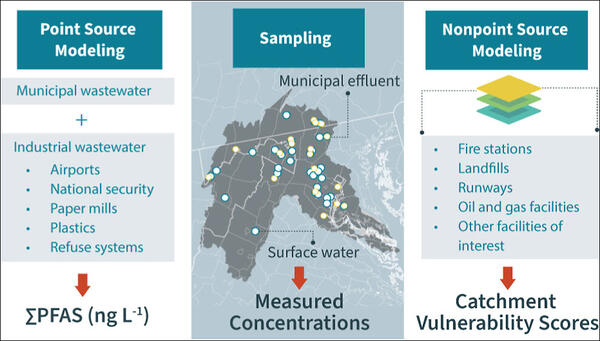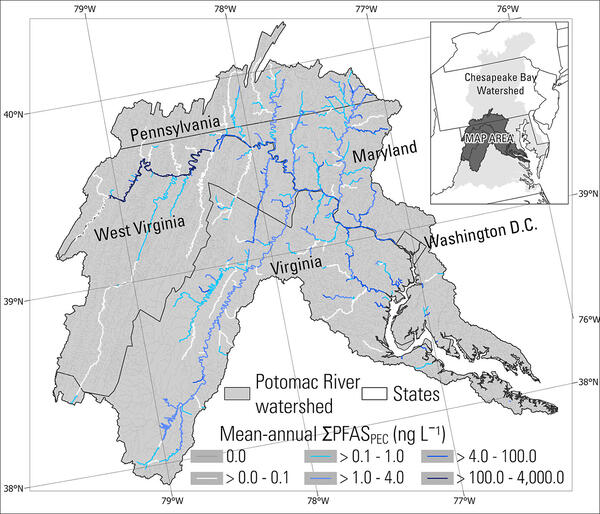Various species of field-collected freshwater fish displaying DELT
Various species of field-collected freshwater fish displaying DELTVarious species of field-collected freshwater fish displaying DELT, including A) an eroded fin, B) melanistic areas, C) parasitic leeches (black arrow) and black spots (trematode, white arrows), D) a cyst (on gill), and E) tumors.














